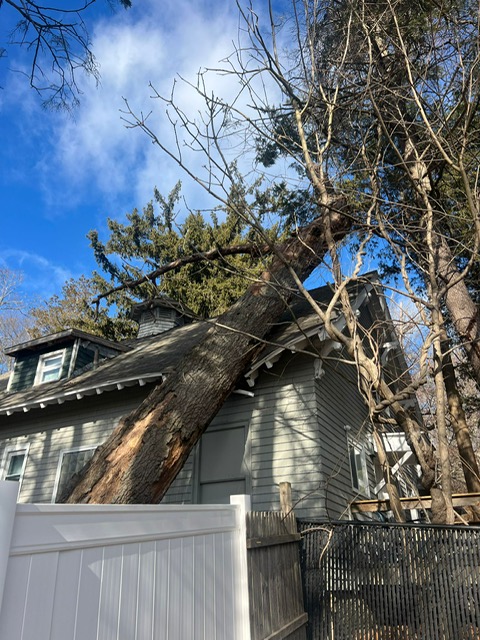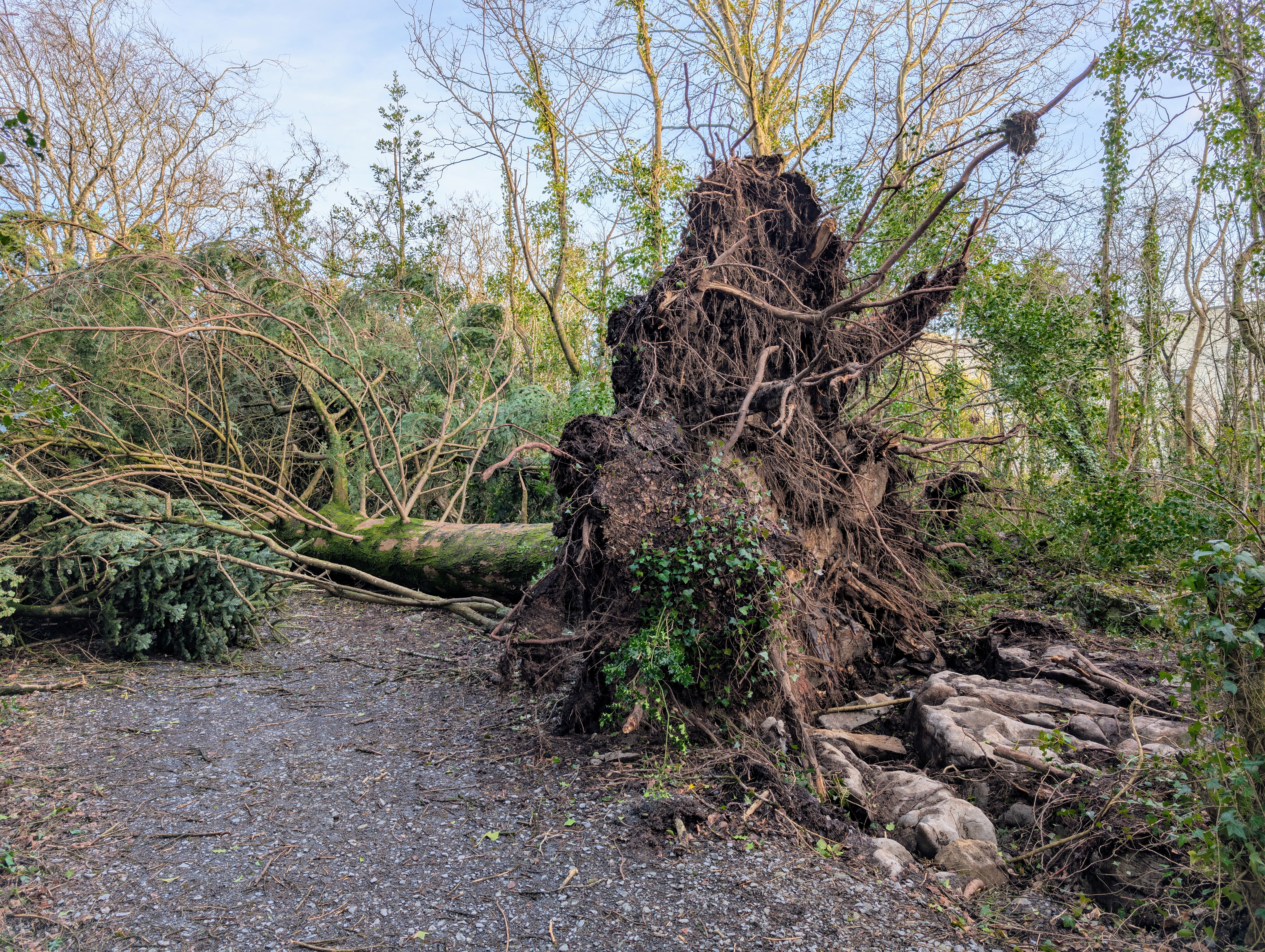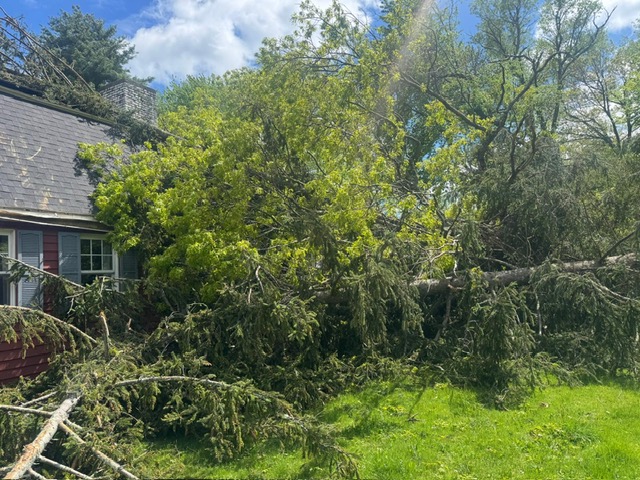Tree Damage and Insurance: Myths That Could Cost You
By Tree Emergency Expert
Tree Emergency Expert

Tree damage is expensive, unpredictable, and full of surprises—usually the bad kind. Many homeowners assume their insurance will cover everything, only to get hit with a nasty reality check. The best way to avoid that headache? Get ahead of the problem.
Tree Damage and Insurance: Myths That Could Cost You
Every year, trees that fall cause over $1 billion in property damage across the U.S. That’s a billion—with a B. And yet, numerous homeowners are blindsided when they realize their insurance doesn’t cover the destruction.
It’s a common misconception: If a tree damages your home, your insurer will step in and write a check. Sometimes that’s true. Other times? Not so much. Policies have fine print, exclusions, and loopholes that can leave you footing the bill.
By knowing the facts before the next storm rolls in, you can better protect yourself. Let’s break down the biggest myths about tree damage and insurance—so you can be prepared.
Myth #1: Home Insurance Covers Any Fallen Tree
This isn’t always the case. Insurance may cover damage from a fallen tree, but only under specific circumstances.
If a strong storm knocks down a healthy tree and it damages your home, your policy will likely cover the repairs. However, if the tree was already dead, diseased, or leaning dangerously—and you failed to address it—your insurance company might reject the claim.
The reason? Homeowners are responsible for nurturing their property, including trees. If the damage could have been prevented with proper upkeep, the cost may fall on you.
Myth #2: If My Neighbor’s Tree Falls on My Property, They Have to Pay
It sounds reasonable—their tree, their responsibility. But that’s not how insurance typically works.
If a storm causes your neighbor’s tree to fall on your house, fence, or car, it’s your homeowners insurance that will likely cover the damage. The only way your neighbor’s policy kicks in is if they were negligent—like if the tree was clearly rotting and they ignored requests to remove it.
Want to protect yourself? If you notice a risky tree next door, document it. Send a polite written request asking them to take care of it. That way, if it falls, you have proof that you tried to prevent the problem.
Myth #3: Insurance Pays for Tree Removal No Matter What
This catches a lot of people off guard.
If a tree lands on your home, garage, or driveway, most insurance policies cover removal. But if it just falls in your yard and doesn’t hit anything? You’re probably paying out of pocket.
Share this article:
Related Articles

Tree Damage and Insurance Claims: What Homeowners in the U.S. Should Know After a Storm
Not all tree damage is treated the same by your homeowners insurance. In most cases, you’re covered if a fallen tree damages your house, fence, or garage — but there are exceptions. For example, you’re usually protected if a storm knocks a tree onto your roof or if a neighbor’s tree falls onto your property. However, if a dead or neglected tree comes down without hitting anything, or blocks only your yard, your policy may not cover the removal costs.

Nor’easter 2025: What CT, NJ & NY Homeowners Should Know (And How to Protect Your Trees)
This upcoming nor’easter isn’t just targeting Connecticut — it’s also expected to hit New Jersey and New York with strong winds, heavy rain, and coastal flooding. Trees near the coast or in vulnerable spots will face risks. Get your property prepared now to avoid damage.
Need Emergency Tree Service?
Our team of certified arborists is available 24/7 to handle any tree emergency.
